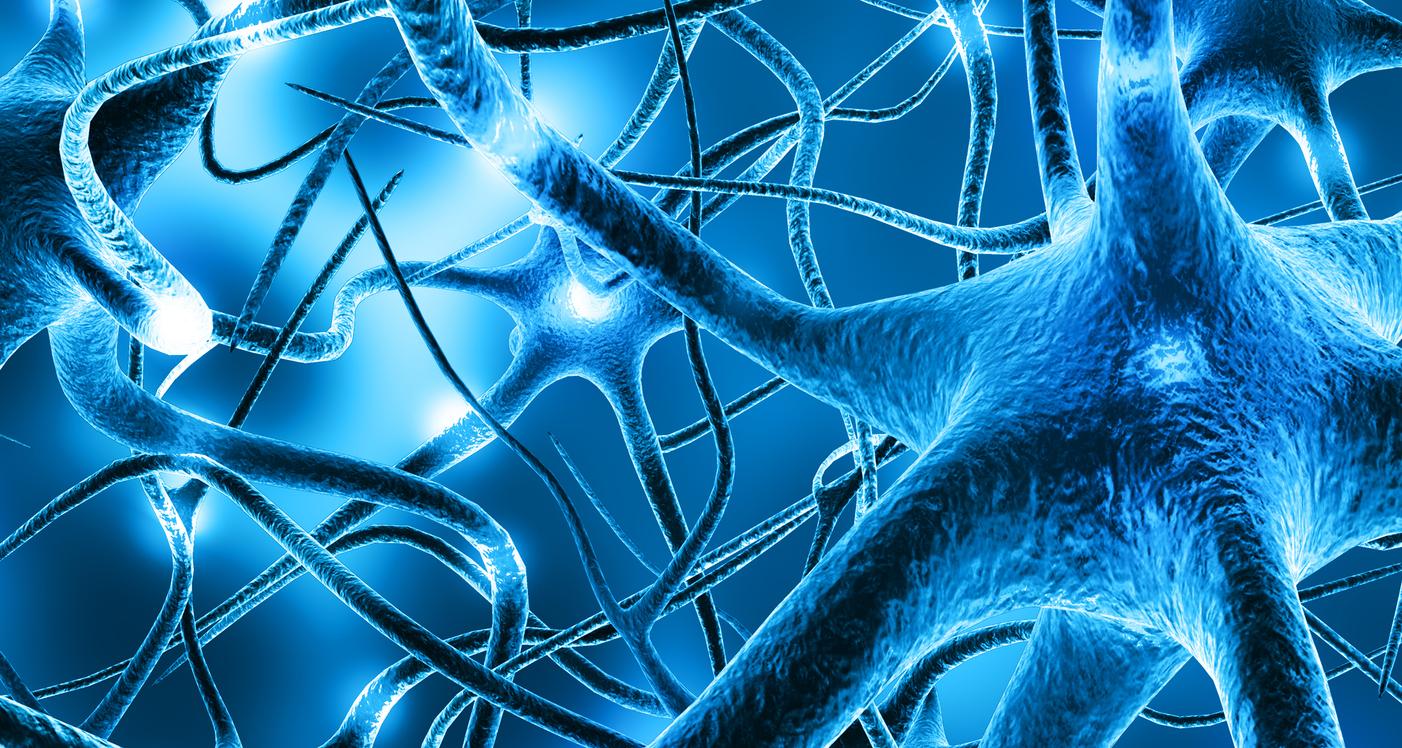By studying the behavior of the synapses of hibernating animals, scientists have discovered a protein that would protect against neurodegenerative diseases, according to a study published in “Nature”.

An important scientific discovery could well have been made thanks to the study of the characteristic behavior of hedgehogs, marmots and other dormice: hibernation. If the mechanisms of synapse destruction are well known by researchers, the opposite is not true: synapse regeneration remains a mystery. However, the reduction in the number of synapses is one of the early markers of neurodegenerative diseases, such as Alzheimer’s disease.
And it is by observing mammals that hibernate that scientists may well have made a discovery “promising”, according to researchers cited by BBC News. Synapses lose connections during the period of hibernation, a period during which the body cools down. These connections reform as the body wakes up and warms up, what researchers call “synapse plasticity,” and which had been well known for several years.
A process without memory loss
Frogs, lizards, and other hibernating animals lose 20-30% of their synaptic connections when they hibernate (the body needs to conserve valuable energy resources to survive the winter without eating), and these repair themselves. when they wake up: the most impressive thing is that this process does not cause any loss of memory.
An English team has discovered the hormone that could be at the origin of this process, according to a study published in the prestigious review Nature. To do this, they cooled the temperature of mice which do not hibernate, which have some form of Alzheimer’s disease and prion disease. Their body was lowered from 37 ° C to about 16-18 ° C. Scientists then observed that sick young mice lost synapses during cooling and regained them when they warmed up. In old mice, on the other hand, nerve connections were permanently lost.
A key protein in synapse plascticity
Scientists then realized that what differentiated old and young mice was the amount of RBM3 protein measured in the brains of these animals. This protein would therefore be the key to the plasticity of synapses, and the formation of new synaptic connections. In a different study, the scientists also showed that the destruction of brain cells due to mouse Alzheimer’s disease or prion disease could be prevented by increasing the levels of RBM3 in guinea pig animals.
This study, which is still in the testing phase, could – eventually – be used to protect the brains of patients with neurodegenerative diseases.
.

















